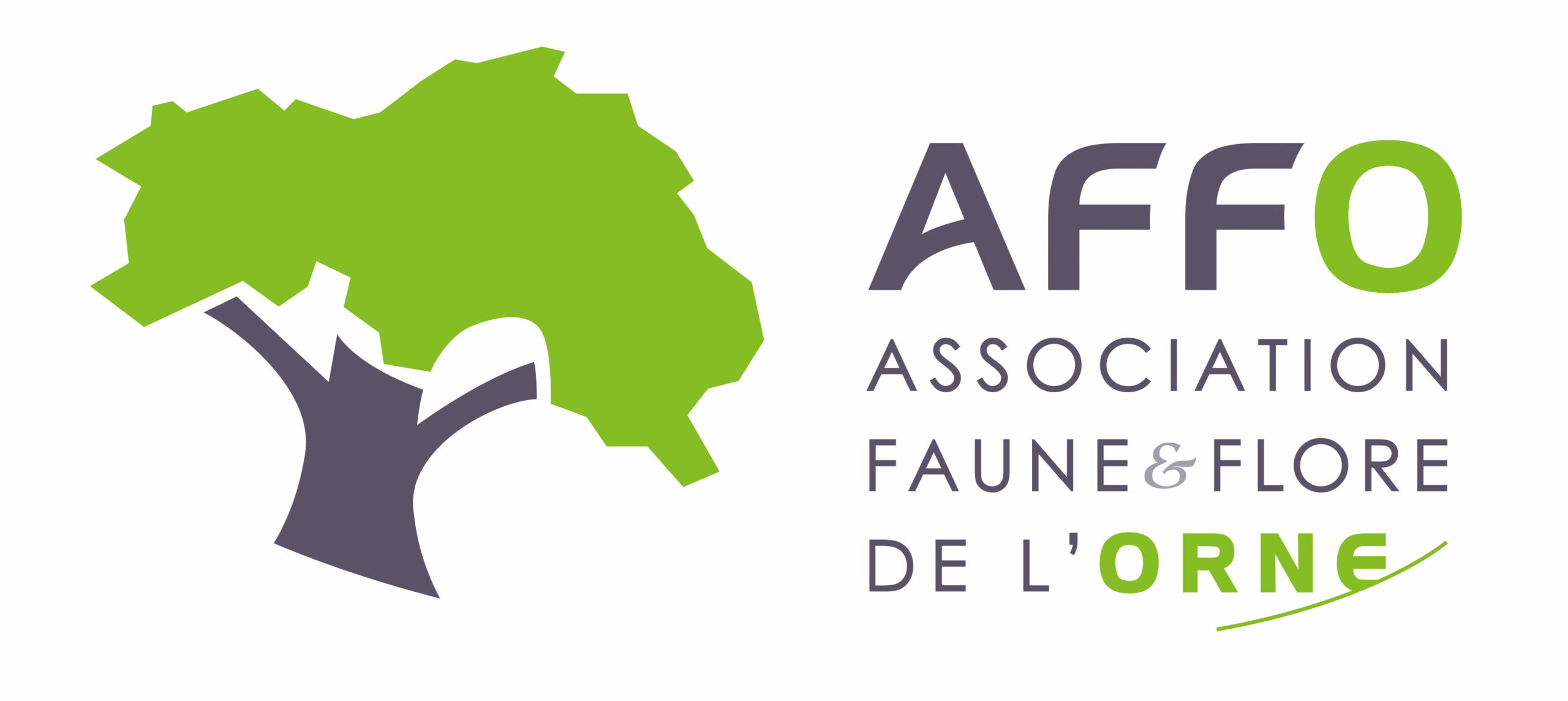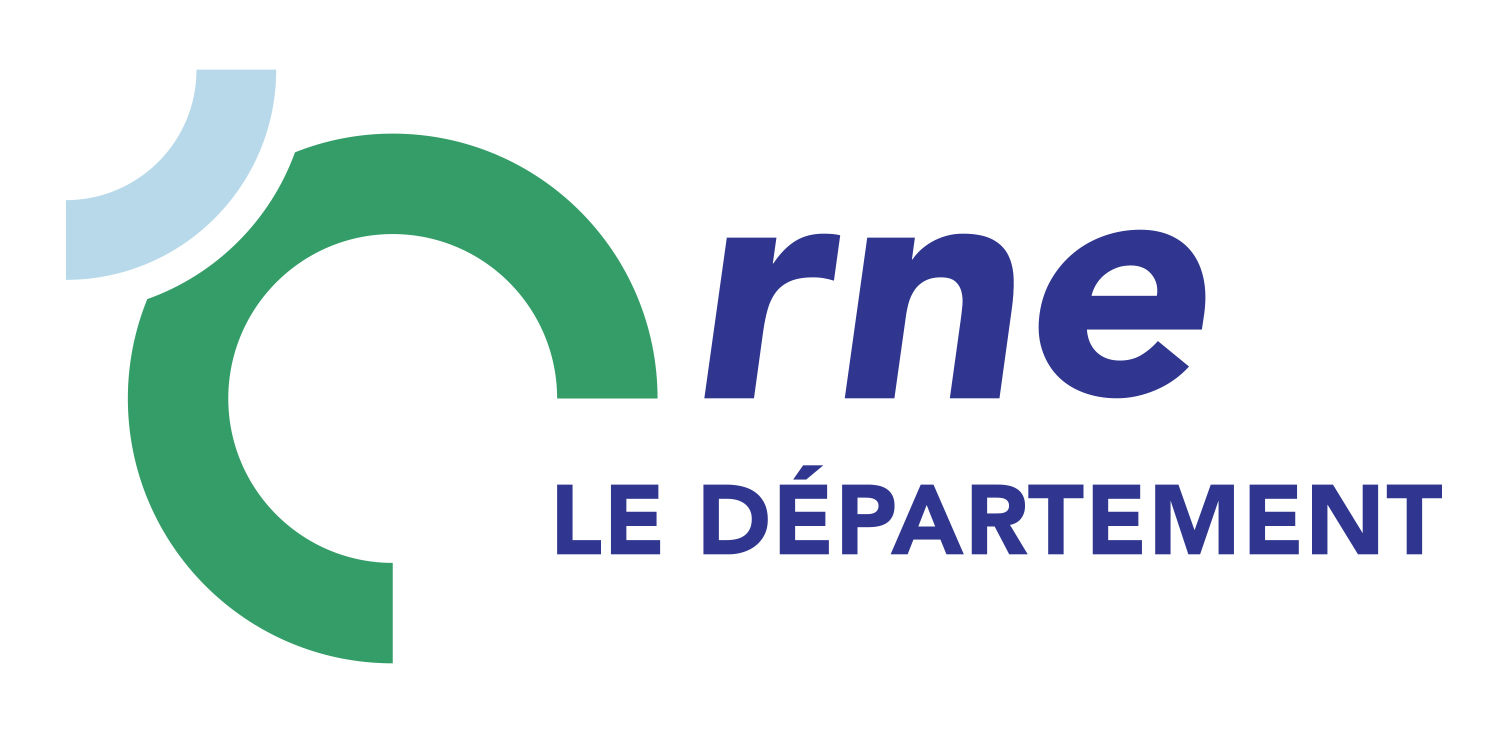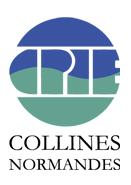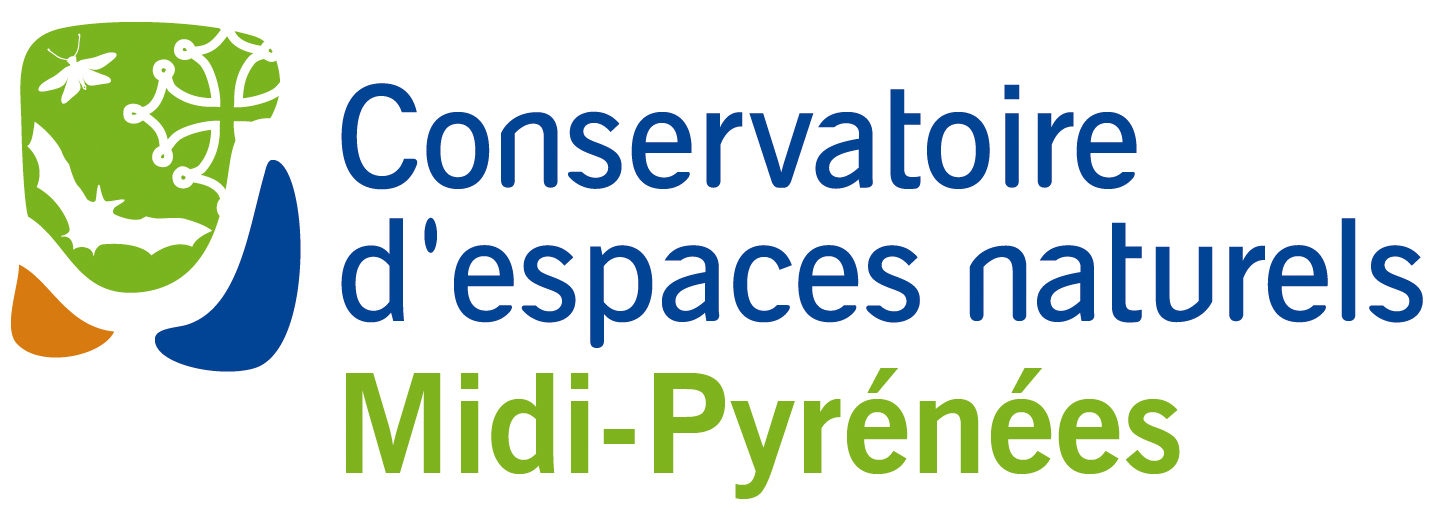-
1 276
observations -
106
communes -
81
observateurs
16
organismes -
Première observation
1900 -
Dernière observation
2025
Alençon - Argentan - Athis-Val de Rouvre - Bagnoles de l'Orne Normandie - Bailleul - Beauvain - Belforêt-en-Perche - Bellavilliers - Bellême - Bellou-en-Houlme - Boischampré - Boitron - Briouze - Brullemail - Carrouges - Ceaucé - Cerisy-Belle-Étoile - Champsecret - Corbon - Coulimer - Cour-Maugis sur Huisne - Crulai - Domfront en Poiraie - Échalou - Écouché-les-Vallées - Écouves - Feings - Flers - Francheville - Gandelain - Giel-Courteilles - Gouffern en Auge - Habloville - Héloup - Igé - Joué-du-Bois - Juvigny Val d'Andaine - La Bellière - La Chapelle-Montligeon - La Chapelle-près-Sées - La Coulonche - La Ferrière-Béchet - La Ferté Macé - La Lande-de-Goult - Landisacq - La Roche-Mabile - Le Bouillon - Le Cercueil - Le Grais - Le Mage - Le Ménil-Broût - Le Sap-André - Les Monts d'Andaine - Les Ventes-de-Bourse - Longny les Villages - Lonlay-l'Abbaye - L'Orée-d'Écouves - Lougé-sur-Maire - Magny-le-Désert - Mantilly - Marchemaisons - Ménil-Gondouin - Ménil-Hermei - Ménil-Hubert-sur-Orne - Ménil-Vin - Messei - Monts-sur-Orne - Mortagne-au-Perche - Mortrée - Neauphe-sous-Essai - Passais Villages - Perche en Nocé - Perrou - Putanges-le-Lac - Rânes - Rémalard en Perche - Rives d'Andaine - Sablons sur Huisne - Saint-Aquilin-de-Corbion - Saint-Aubin-d'Appenai - Saint-Aubin-de-Bonneval - Saint-Céneri-le-Gérei - Saint-Clair-de-Halouze - Saint-Denis-sur-Sarthon - Sainte-Céronne-lès-Mortagne - Sainte-Honorine-la-Guillaume - Saint-Fraimbault - Saint-Georges-d'Annebecq - Saint-Gervais-du-Perron - Saint-Jouin-de-Blavou - Saint-Mars-d'Égrenne - Saint-Martin-du-Vieux-Bellême - Saint-Martin-l'Aiguillon - Saint-Nicolas-des-Bois - Saint-Patrice-du-Désert - Saint-Philbert-sur-Orne - Saint-Pierre-des-Loges - Saint-Roch-sur-Égrenne - Saint-Sulpice-sur-Risle - Sées - Soligny-la-Trappe - Suré - Ticheville - Tourouvre au Perche - Vaunoise - Vieux-Pont
-
PNR et géoparc mondial UNESCO Normandie-Maine
Participation à 413 Observations
Part d'aide à la prospection : 32.37 %
Fiche organisme
-
Office national des forêts (ONF)
Participation à 319 Observations
Part d'aide à la prospection : 25.00 %
Fiche organisme
-
Association Faune & Flore de l'Orne (AFFO)
Participation à 263 Observations
Part d'aide à la prospection : 20.61 %
Fiche organisme
-
Ministère de la Transition écologique et de la Cohésion des territoires
Participation à 150 Observations
Part d'aide à la prospection : 11.76 %
Fiche organisme
-
Association pour le Développement d’Outils Naturalistes et Informatiques pour la Fonge
Participation à 150 Observations
Part d'aide à la prospection : 11.76 %
Fiche organisme
-
UMS PatriNat (OFB-CNRS-MNHN)
Participation à 68 Observations
Part d'aide à la prospection : 5.33 %
Fiche organisme
-
Conseil départemental de l'Orne (bureau ENS)
Participation à 42 Observations
Part d'aide à la prospection : 3.29 %
Fiche organisme
-
Habitants-bénévoles
Participation à 30 Observations
Part d'aide à la prospection : 2.35 %
Fiche organisme
-
Système mondial d’information sur la biodiversité (GBIF)
Participation à 14 Observations
Part d'aide à la prospection : 1.10 %
Fiche organisme
-
CPIE Collines normandes
Participation à 9 Observations
Part d'aide à la prospection : 0.71 %
Fiche organisme
-
Groupe Mycologique Fertois
Participation à 7 Observations
Part d'aide à la prospection : 0.55 %
Fiche organisme
-
Société Mycologique de France
Participation à 1 Observation
Part d'aide à la prospection : 0.08 %
Fiche organisme
-
Muséum national d'Histoire naturelle (MNHN)
Participation à 1 Observation
Part d'aide à la prospection : 0.08 %
Fiche organisme
-
Conservatoire d'espaces naturels de Midi-Pyrénées (CEN MP)
Participation à 1 Observation
Part d'aide à la prospection : 0.08 %
Fiche organisme
-
Noé (association de défense de l'environnement)
Participation à 1 Observation
Part d'aide à la prospection : 0.08 %
Fiche organisme
Informations espèce
Répartition actuelle en France métropolitaine
© INPN - Avertissement : les données visualisables reflètent l'état d'avancement des connaissances et/ou la disponibilité des données existantes au niveau national : elles ne peuvent en aucun cas être considérées comme exhaustives.
Répartition actuelle dans le monde
























Avertissement : les données visualisables reflètent l'état d'avancement des connaissances et/ou la disponibilité des données existantes au niveau mondial : elles ne peuvent en aucun cas être considérées comme exhaustives.




















